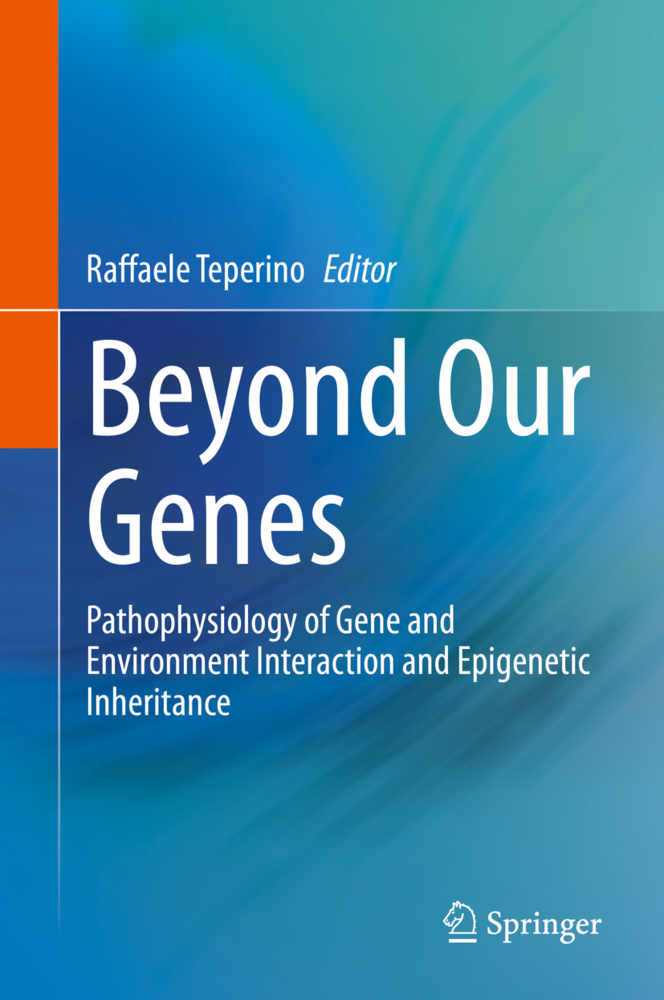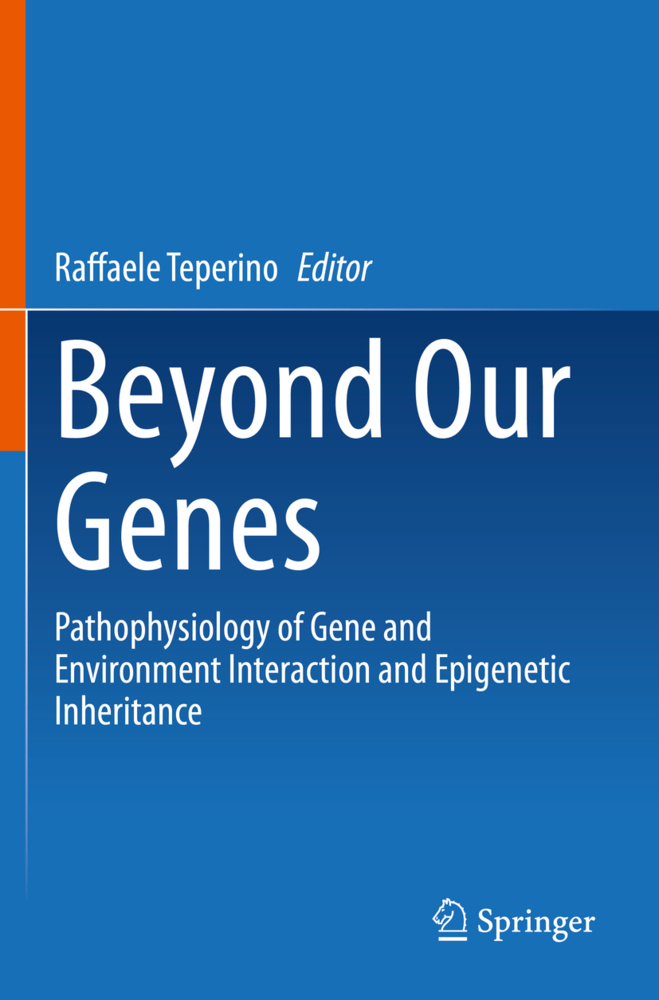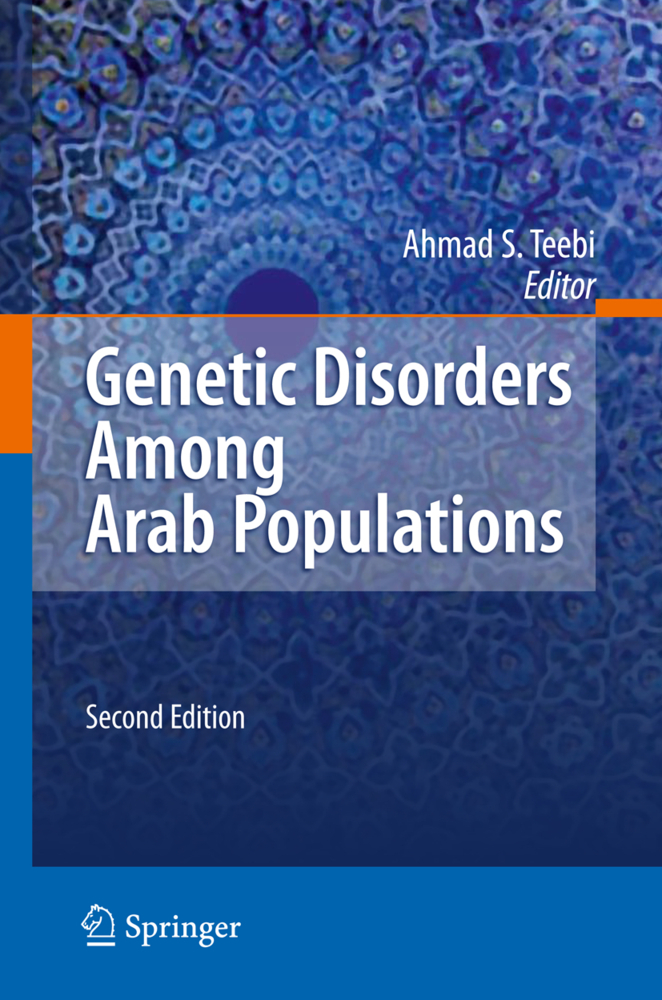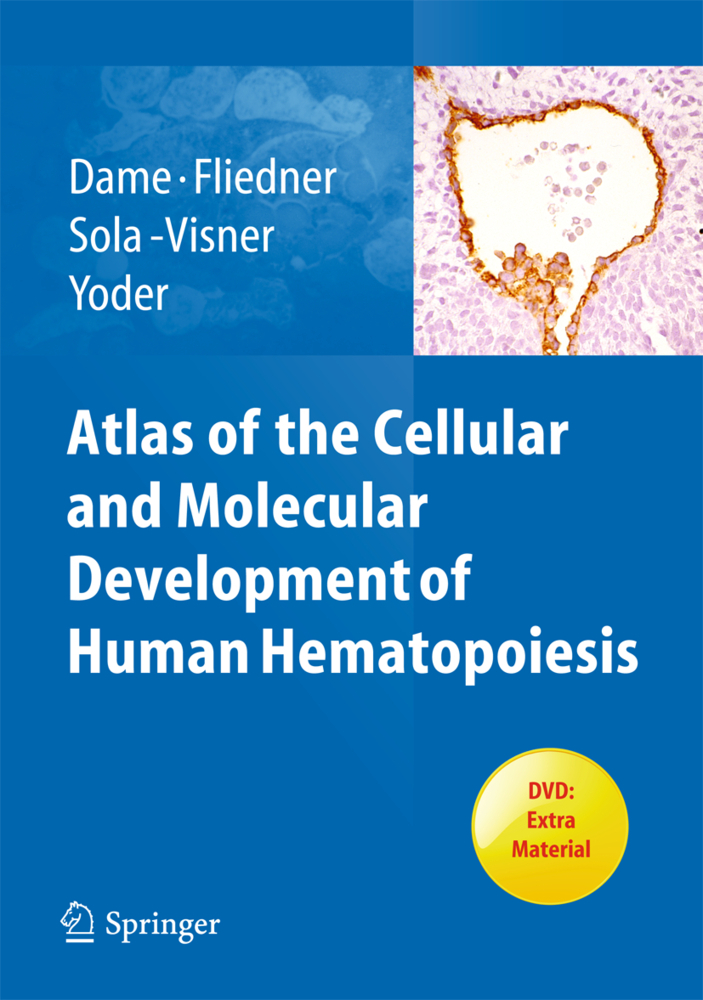Beyond Our Genes
The genotype/phenotype dichotomy is being slowly replaced by a more complex relationship whereby the majority of phenotypes arise from interactions between one's genotype and the environment in which one lives. Interestingly, it seems that not only our lives, but also our ancestors' lives, determine how we look.
This newly recognized form of inheritance is known as (epi)genetic, as it involves an additional layer of information on top of the one encoded by the genes. Its discovery has constituted one of the biggest paradigm shifts in biology in recent years. Understanding epigenetic factors may help explain the pathogenesis of several complex human diseases (such as diabetes, obesity and cancer) and provide alternative paths for disease prevention, management and therapy.
This book introduces the reader to the importance of the environment for our own health and the health of our descendants, sheds light on the current knowledge on epigenetic inheritance and opens a window to future developments in the field.
Section I: The physiology of the gene/environment interaction
NutritionPhysical Exercise
Circadian Rhythm
Toxicants: Smoke, Alcohol and Heavy Metals
Hormones
Section II: Gene-Environment Interaction and Disease Susceptibility
Obesity and Metabolic Syndromes
Cancer
Neurological and Psychiatric Disorders
Asthma and allergic disorders
Lamarck Versus Darwin: The Concept of Aquired Epigenetic Inheritance
Section III: Genome/Epigenome
Genetic Contribution to Epigenetic Inheritance
The Controversial Role of DNA Methylation in Epigenetic Inheritance
Small Non-Coding RNAs
Chromatin Modifiers
Soma-to-Germline Information Transfer: Questions and Promises.
Teperino, Raffaele
| ISBN | 978-3-030-35212-7 |
|---|---|
| Artikelnummer | 9783030352127 |
| Medientyp | Buch |
| Copyrightjahr | 2020 |
| Verlag | Springer, Berlin |
| Umfang | VIII, 266 Seiten |
| Abbildungen | VIII, 266 p. 11 illus., 10 illus. in color. |
| Sprache | Englisch |









